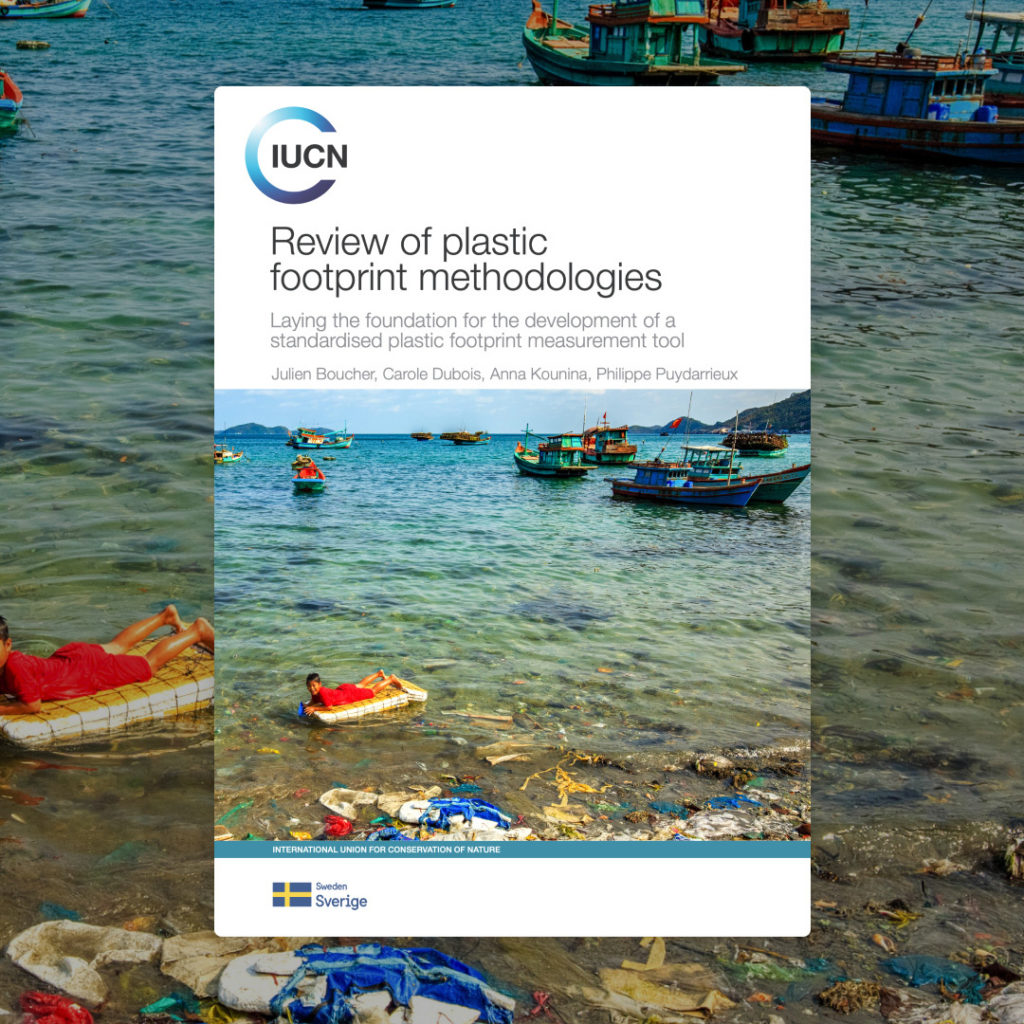Out of the total 8,300 million tonnes (Mt) of plastic produced between 1950 and 2015, only a small fraction of 7% has been recycled, while more than half has been either discarded in landfills or leaked into the environment. This highlights a systemic failure in the current take-make-dispose consumption model and emphasizes the urgent need to transition towards more circular material flows.
Efforts are being made by companies, organizations, and governments to address plastic pollution. However, it has been acknowledged during the Third United Nations Environment Assembly (UNEA-3, Nairobi, 2017) that there is currently no universally accepted methodology for accurately assessing the magnitude of the plastic problem.
This report offers an overview of existing and emerging methodologies used to quantify the abundance, distribution, types, sources, pathways, and sinks of plastic pollution at various scales. Additionally, it provides insights into the current state of knowledge regarding impact assessment and monetary valuation methodologies, and includes a glossary of key terms related to plastics, marine plastics, and environmental footprints.
Key findings:
- Current methodologies primarily concentrate on evaluating plastic usage, waste generation, and recycling rates, but they often overlook the importance of circularity. It is crucial to integrate life cycle assessment and circularity concepts to identify the most effective scenarios for minimizing environmental impacts.
- Several initiatives are underway to develop inventory approaches for assessing the leakage of both microplastics and macroplastics. However, these approaches are not yet accessible for practical use.
- Insufficient data is a significant challenge, hindering the ability to conduct impact assessments and incorporate plastic impacts within the life cycle assessment framework
